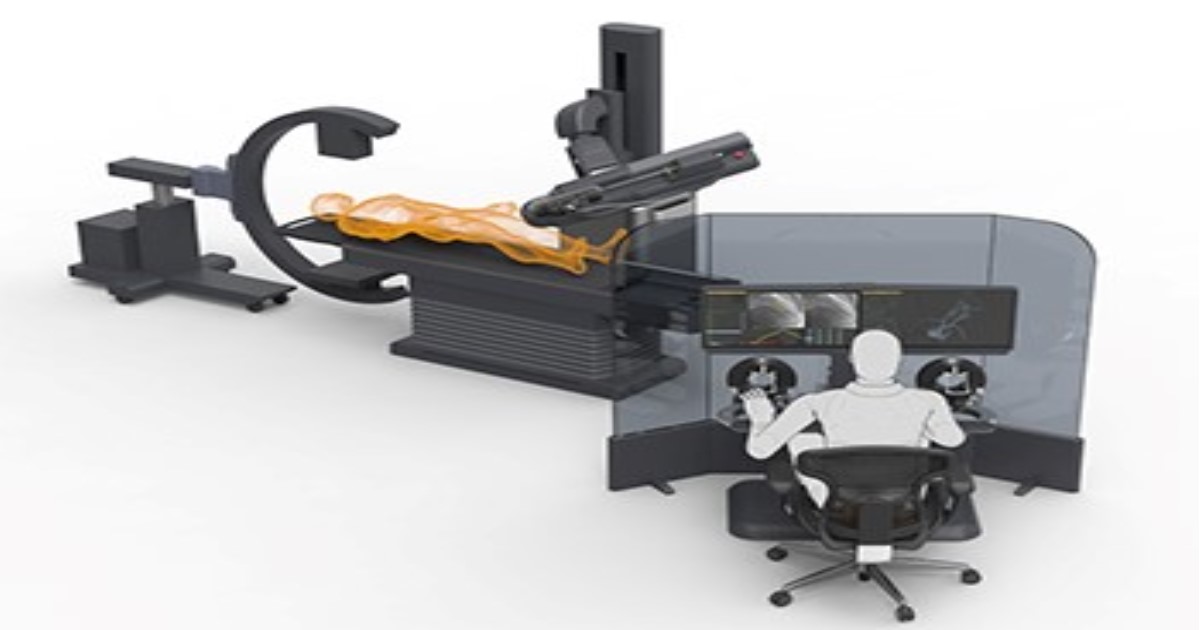Robot-Assisted Surgery and Reinforcement Learning Driven by Human-Machine Hybrid Intelligence
A special issue of Electronics (ISSN 2079-9292). This special issue belongs to the section "Computer Science & Engineering".
Deadline for manuscript submissions: closed (31 January 2024) | Viewed by 415

Special Issue Editor
Special Issue Information
Dear Colleagues,
Surgical robots have developed rapidly in the past decades. Different medical specialties and complex indications have led to multiple functions and characteristics of surgical robots relating to neurosurgery, orthopedics, endoscope, vascular intervention, exoskeleton and prosthesis, assisted rehabilitation, and so on. Modern minimally invasive surgery research will integrate multi-disciplines and cross-fields (such as medicine, biomechanics, materials science, sensor technology, computer graphics, computer vision, human–computer interactive learning, deep learning and reinforcement learning, and other) in one to develop intelligent surgical robot system. Relevant research hotspots and research values are as follows: 1) the robotic arm system can transmit the surgeon's hand movements to the surgical target through the vibration filtering motion of the surgical instruments; 2) the robot's surgical navigation system can match the surgeon's operation with the three-dimensional digital surgery and personalized surgical plan; 3) through the processing and analysis of surgical big data, deep learning models can be established, defined and deployed to build autonomous surgical robots. At present, it is time for surgeons to actively cooperate to develop the next generation of intelligent robot-assisted surgery. With the development and improvement of machine learning and reinforcement learning framework and the human–machine hybrid intelligence environment, human–robot interaction techniques on Coexisting–Cooperative–Cognitive, augmented virtual reality technology, and medical ChatGPT technology will become the development trend of the next generation of intelligent surgical robots.
The suggested Special Issue are aimed at the advanced theories, methods and techniques of various surgical robot systems in the aspects of intelligent perception, drive, calculation, interaction, etc. This Special Issue fits in well with the section of "Computer Science & Engineering" of Electronics (ISSN 2079-9292), focusing on the solutions and applications of robotic interaction controlling, surgical path planning and navigation, etc. The related themes involve human–robot interaction techniques and machine learning methods in image and visual computing, sensing, positioning and tracking, and so on.
In this Special Issue, original research articles and reviews are welcome. Research areas may include (but not limited to) the following:
- Control of surgical robot;
- Target visual positioning and tracking;
- Intervention path planning and/or Surgical navigation;
- Medical imaging and computer-assisted intervention;
- Computer aided diagnosis and/or robot-assisted intervention surgery;
- Deep learning methods for medical data;
- Human–computer interaction system for surgical robots;
- Medical augmented reality;
- LLM/ChatGPT/GPT-4 for robot-assisted intervention surgery.
I/We look forward to receiving your contributions.
Prof. Dr. Shoujun Zhou
Guest Editor
Manuscript Submission Information
Manuscripts should be submitted online at www.mdpi.com by registering and logging in to this website. Once you are registered, click here to go to the submission form. Manuscripts can be submitted until the deadline. All submissions that pass pre-check are peer-reviewed. Accepted papers will be published continuously in the journal (as soon as accepted) and will be listed together on the special issue website. Research articles, review articles as well as short communications are invited. For planned papers, a title and short abstract (about 100 words) can be sent to the Editorial Office for announcement on this website.
Submitted manuscripts should not have been published previously, nor be under consideration for publication elsewhere (except conference proceedings papers). All manuscripts are thoroughly refereed through a single-blind peer-review process. A guide for authors and other relevant information for submission of manuscripts is available on the Instructions for Authors page. Electronics is an international peer-reviewed open access semimonthly journal published by MDPI.
Please visit the Instructions for Authors page before submitting a manuscript. The Article Processing Charge (APC) for publication in this open access journal is 2400 CHF (Swiss Francs). Submitted papers should be well formatted and use good English. Authors may use MDPI's English editing service prior to publication or during author revisions.
Keywords
- deep learning
- human–computer interaction
- hybrid intelligence
- computer-assisted intervention
- robot-assisted surgery
- intervention path planning
- surgical navigation
- medical augmented reality
Benefits of Publishing in a Special Issue
- Ease of navigation: Grouping papers by topic helps scholars navigate broad scope journals more efficiently.
- Greater discoverability: Special Issues support the reach and impact of scientific research. Articles in Special Issues are more discoverable and cited more frequently.
- Expansion of research network: Special Issues facilitate connections among authors, fostering scientific collaborations.
- External promotion: Articles in Special Issues are often promoted through the journal's social media, increasing their visibility.
- e-Book format: Special Issues with more than 10 articles can be published as dedicated e-books, ensuring wide and rapid dissemination.
Further information on MDPI's Special Issue policies can be found here.





